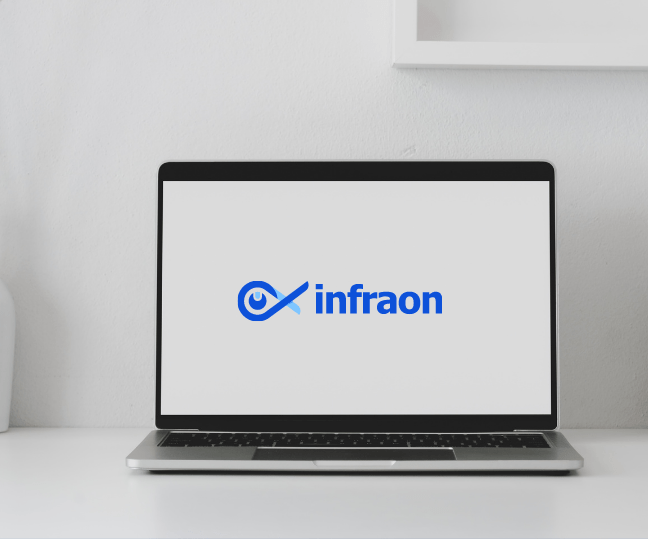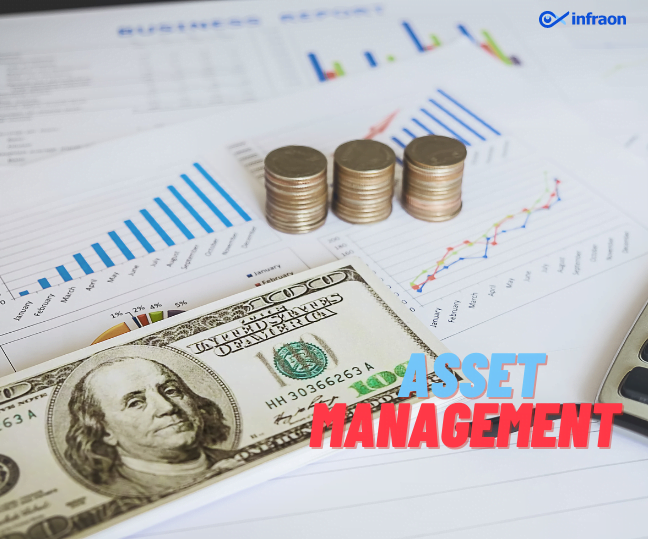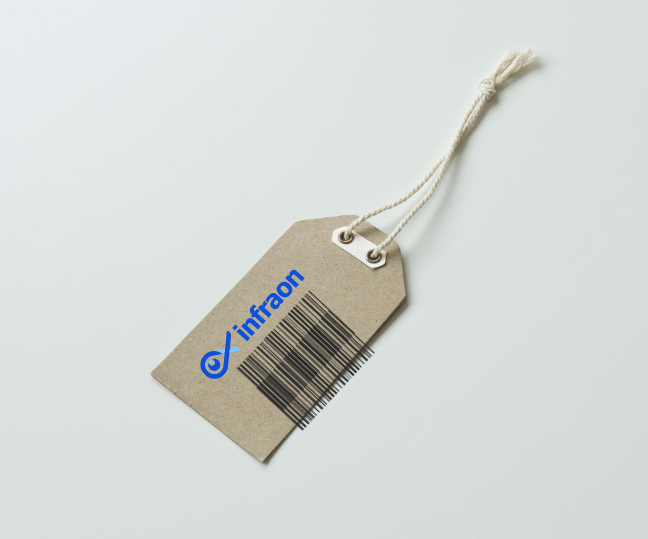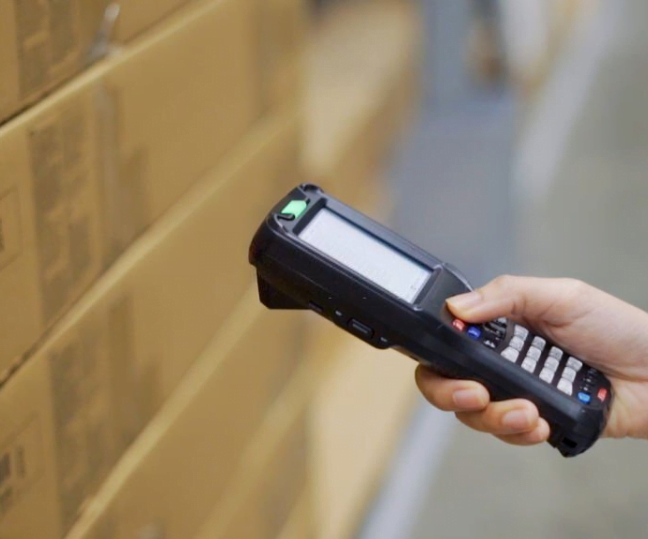An effective computerized maintenance management system (CMMS) or enterprise asset management (EAM) solution can be a game-changer for any enterprise that relies on its physical assets to do business. A CMMS/EAM can help reduce costs, improve efficiency and equipment uptime, and enable better decision-making across the enterprise by automating and streamlining maintenance operations. But with so many different CMMS/ EAM solutions on the market, it can be hard to know where to start. In this article, we’ll look at CMMS/ EAM systems, how they work, their individual benefits, and some things to consider when picking a system for your enterprise.
What is a CMMS?
A CMMS (computerized maintenance management system) is a software application that helps enterprises manage and track their maintenance activities. A CMMS typically includes features such as work order management, preventive maintenance scheduling, asset tracking, and inventory management. For instance:
- Asset management: Track and manage information about individual assets, including location, maintenance history, and estimated remaining lifetime
- Work order management: Create, assign, and track work orders for individual assets
- Preventive maintenance: Schedule and track preventive maintenance tasks for individual assets
- Inventory management: Track inventory levels for spare parts and consumables needed to support the maintenance of assets
- Labor management: Track labor hours spent on maintenance tasks and schedule labor resources to support the maintenance of assets
- Contract management: Track and manage contracts with outside vendors providing maintenance services for assets
- Reporting: Generate reports on the status of assets, work orders, preventative maintenance tasks, inventory levels, and labor hours
What is EAM?
An EAM (enterprise asset management) system is a broader solution that encompasses maintenance and other aspects of asset management such as procurement, finance, and project management. As such, an EAM will usually include all the features of a CMMS plus additional functionality.
- Asset management: Track and manage physical assets
- Work order management: Create and track work orders
- Inventory management: Track inventory levels and locations
- Preventive maintenance: Schedule and track preventive maintenance
- Workforce management: Track employee skills and availability
- Reporting: Generating reports on assets, work orders, and inventory data
How does a CMMS/ EAM work?
A CMMS/ EAM system will typically be used to track and manage data relating to an enterprise’s physical assets. This data might include information on the assets’ location, condition, maintenance history, etc. This data is then used to help optimize maintenance activities and improve decision-making around the procurement and utilization of assets. A significant outcome of using a CMMS/ EAM is that it can help reduce the amount of reactive maintenance an enterprise has to carry out. By tracking asset data and using it to plan and schedule preventive maintenance activities, a CMMS/ EAM can help to avoid problems before they occur and keep equipment running at peak performance.
What should you consider when choosing a CMMS or an EAM system?
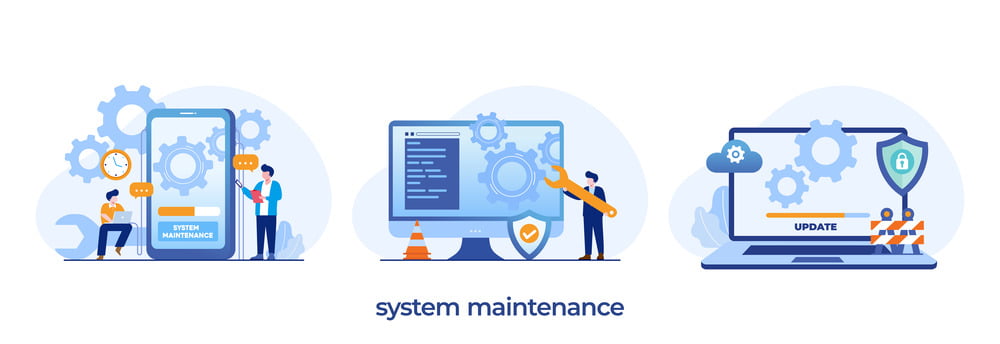
There are a number of things to consider when choosing a CMMS/EAM system, including the size and complexity of your enterprise, the nature of your assets, and your budget. Other essential factors to consider include:
- Ease of use: A CMMS/EAM system should be easy to use, both for those who will be inputting data into the system and those who will be using the system to make decisions.
- Flexibility: A CMMS/EAM system should be flexible enough to adapt to the changing needs of your enterprise.
- Integration: A CMMS/EAM system should be able to integrate with other systems and software applications that your organization uses.
- Support: A CMMS/ EAM system should come with adequate support from the vendor in case you run into any problems.
- Pricing: A CMMS/ EAM system should be priced in a way that is affordable for your enterprise.
Choosing the right CMMS/ EAM system can be a challenge, but it’s important to take the time to find a solution that’s right for your enterprise. It would help to understand some of the key differences between the two.
CMMS Vs. EAM – The key differences
- CMMS is focused on maintenance tasks and activities, while EAM is focused on enterprise-wide asset management.
- CMMS is typically used to track and schedule maintenance tasks, while EAM tracks and manages all aspects of an organization’s assets.
- CMMS is typically more comprehensive and expensive than EAM, while EAM is less comprehensive but more affordable.
- CMMS is typically used by larger enterprises with more complex asset management needs, while smaller businesses typically use EAM with more precise asset management needs.
When understanding the different asset managing systems, including CMMS and EAM, other questions may crop up as several asset management tools exist. For instance,
Is EAM a part of ERP?
EAM is enterprise asset management, and ERP is enterprise resource planning. While both systems share some similarities, they are designed for different purposes. EAM is focused on managing and tracking a company’s physical assets, while ERP is focused on managing the company’s financial and business operations. As such, EAM is not a part of ERP. However, the two systems can be integrated to work together, and many companies choose to do this to have a complete view of their business operations.
Who uses EAM software?
EAM software is used by various businesses to manage their assets. It can include everything from office equipment and machinery to vehicles and real estate. EAM software can help keep track of their assets, schedule maintenance, and repairs, and even plan for future purchases. The EAM software allows businesses to save time and money while ensuring that their assets are well-maintained. Furthermore, EAM is ideal for asset-heavy enterprises and ensures regulatory compliance. The EAM software is sought after by enterprise owners focused on transparency and accountability.
Is SAP a CMMS system?
SAP is a large and complex enterprise software system that can be customized to fit the needs of any organization. However, many organizations that use SAP for their asset management and maintenance operations consider it a CMMS system.
Final words
There is no doubt that an efficient asset management solution is vital to enterprises, big, medium, or small. Each business has unique needs and objectives, so the different asset management solutions can be customized to help manage your assets. There is no one-size-fits-all software solution to whether an enterprise should use a CMMS or an EAM system. The decision depends on your particular needs and your industry. However, a CMMS is generally better suited for enterprises with a large number of assets and a high volume of maintenance tasks. At the same time, an EAM is better for companies that have a smaller number of assets and a lower volume of maintenance tasks.
